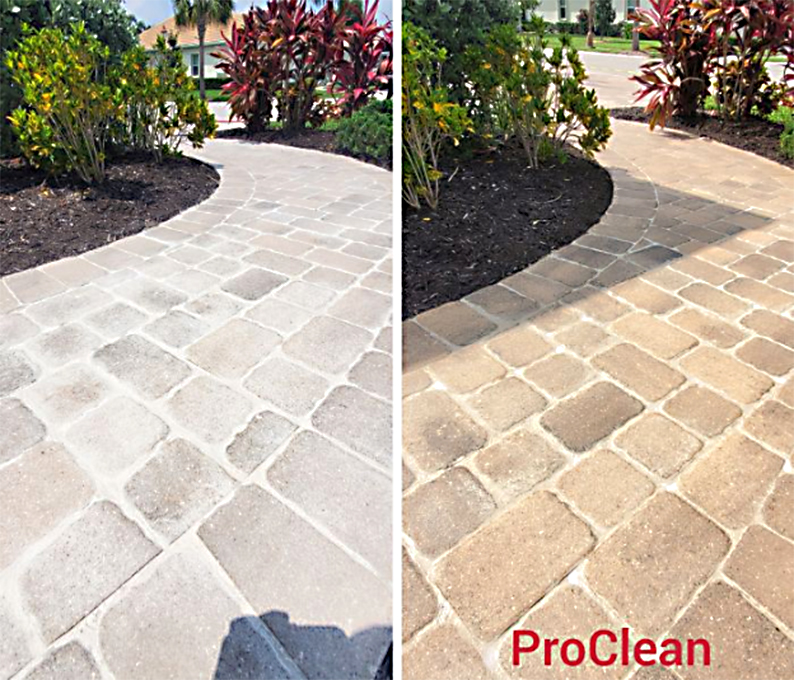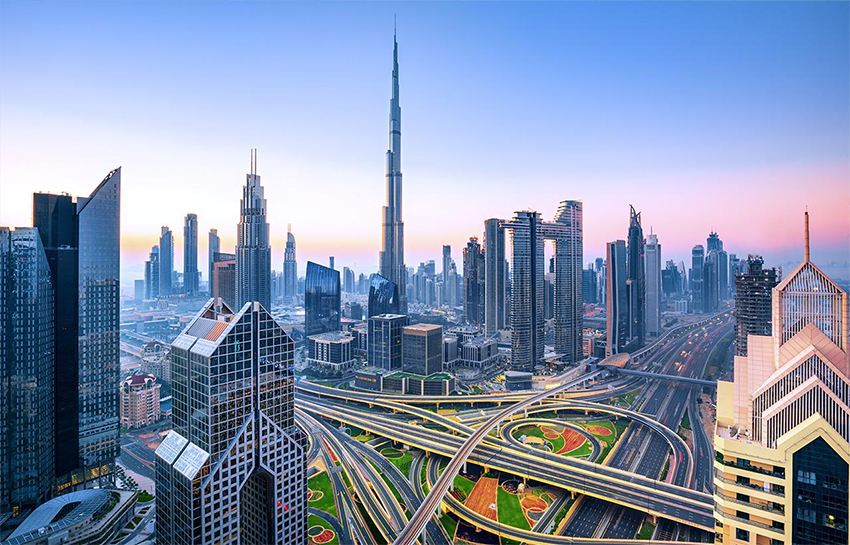Color theory, a fundamental aspect of design, serves as a critical determinant in shaping architectural spaces and influencing human experiences within them. By understanding the intricate interplay between color and human psychology, architects and designers can craft environments that evoke specific emotions, enhance well-being, and foster a deeper connection with the natural world. This comprehensive exploration delves into the profound influence of color theory in architecture, unraveling its diverse applications and profound implications on human perception and environmental sustainability.
Harnessing Color Theory for Emotional and Environmental Impact:
1. The Power of Color Palette in Shaping Human Response:
Through a careful selection of color palettes, architects can evoke diverse emotional responses, instill a sense of tranquility, and emphasize sustainability within architectural designs. The incorporation of soothing greens and calming blues not only enhances biophilic design elements but also fosters a profound connection with nature, promoting a sense of environmental consciousness and well-being.
2. Leveraging Biophilic Design for Enhanced Productivity and Wellness:
Strategic utilization of nature-inspired hues, particularly shades of green, within workspaces has been demonstrated to enhance employee wellness, reduce absenteeism, and boost overall productivity. Biophilic design principles, rooted in color theory, promote a harmonious integration of natural elements within built environments, fostering a conducive atmosphere for creativity and well-being.
3. Drawing Inspiration from Le Corbusier’s Architectural Polychromy:
Le Corbusier’s pioneering work in color theory continues to serve as a timeless source of inspiration for contemporary architects and designers. By emphasizing the profound impact of color on human perception and spatial dynamics, Le Corbusier’s intricate color palette has facilitated the creation of vibrant, community-oriented spaces that embody a sense of playfulness and inclusivity.
4. Environmental Sustainability Through Strategic Color Selection:
Amidst the growing concerns of environmental sustainability, architects are increasingly leveraging color theory to devise energy-efficient building strategies. By utilizing reflective whites to mitigate heat absorption and employing cooling shades of blue, architects can foster thermally comfortable environments that minimize carbon footprints and enhance overall energy efficiency.
5. Achieving Harmonious Integration with the Natural Landscape:
Modern architectural trends emphasize the seamless integration of built structures with their natural surroundings. By employing natural color palettes, reflective materials, and locally sourced materials, architects can ensure minimal disruption to local ecosystems while fostering a sense of harmony and tranquility for building occupants. Additionally, strategic manipulation of natural light helps regulate circadian rhythms and fosters healthy living environments conducive to improved well-being.
The intricate interplay between color theory and architectural design underscores the profound impact of color on human perception, emotional well-being, and environmental sustainability. By incorporating nature-inspired hues, leveraging Le Corbusier’s timeless color palette, and embracing strategic color selection for environmental sustainability, architects and designers can create dynamic, transformative spaces that foster creativity, well-being, and a profound connection with the natural world. Through a holistic integration of color theory in architectural practice, the future of sustainable, human-centric design is poised to embrace a harmonious balance between built environments and the natural landscape.




